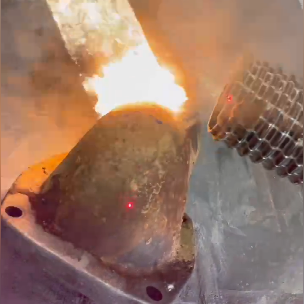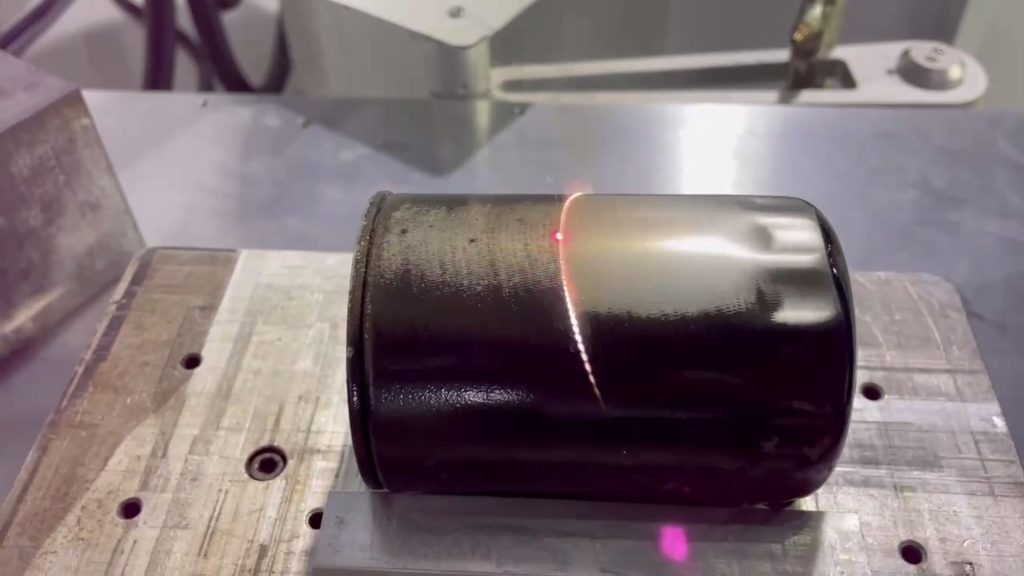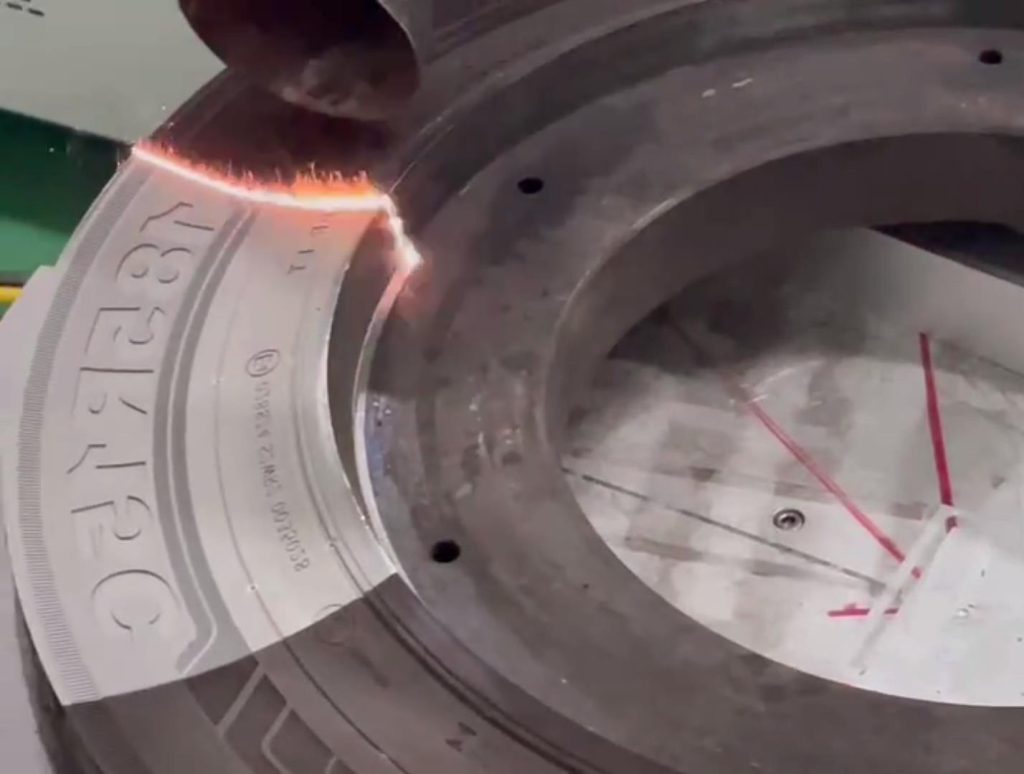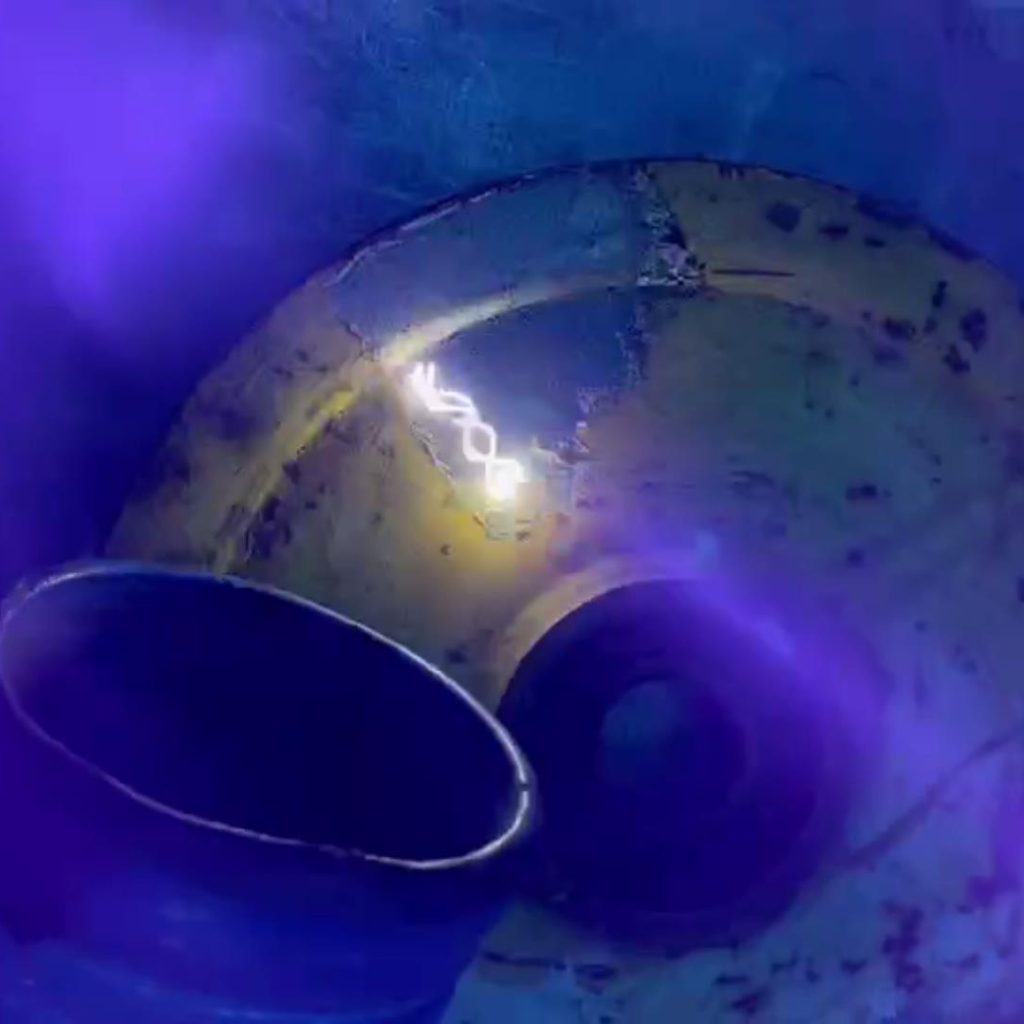In the past, developed countries have done early research on laser cleaning technology, which has made cleaning in some areas industrialized. However, the research of laser cleaning technology in China started late, basically following the development of foreign countries. With the continuous efforts of the vast number of scientific researchers, some achievements have also been made.
As a kind of cultural relics protection and restoration technology and equipment, laser cleaning technology has been widely used internationally, especially in the cleaning, protection and restoration of ancient buildings and their various structures. There are many successful cases.
Cultural relics are due to various circumstances and storage time. There will be a lot of dirt on the surface, such as: soil spots, rust spots, oil stains, water stains, sweat stains, etc. Due to the variety of utensils and different textures, the cleaning methods are also different. This brings a lot of inconvenience to the cleaning of cultural relics. Let’s take a look at what are the traditional ways of cleaning cultural relics?
Traditional cleaning treatment generally has the following methods
- Washing
For utensils that are generally solid and not afraid of water immersion, the dirt attached or contaminated on the surface can be washed with distilled water. The fixed objects on the unearthed utensils are relatively hard and cannot be easily washed off at one time. Do not use metal or hard objects during cleaning to avoid damage to the utensils.
- Dry cleaning
If there are stains on textile cultural relics, which may fade after washing, they should be scrubbed with gasoline, etc., or dry cleaners can be sprayed directly on the stains, and the dry cleaners should be tested before using them.
- dry wipe
For some utensils that are afraid of water and some unearthed objects, in order to maintain the natural color of the original utensils due to the erosion of the earth for many years, it is not suitable to rinse with water and medicine. For this kind of utensils, wipe it gently with a soft, moist cloth.
4.wind to dry
For paper articles and some fabrics that are not suitable for washing or dry wiping, the air-drying method should be selected to blow away the dust and moisture on the surface. Avoid exposure to strong sunlight, strong wind, smoke pollution, pollen contamination, etc.
5.mechanical dust removal
For large, heavy and irregular utensils, vacuum cleaners and other machinery can be used to remove dust; for large stone carvings, sculptures, etc., high-pressure air pumps can also be used while vacuuming to blow off the dust that is not easy to remove by vacuum cleaners.
- drug cleaning
Mainly used for antiques and unearthed cultural relics preserved in various harsh environments. Because of the different impurities in the unearthed materials in various places, experiments should be done first when using self-dispensing liquids, choosing different drugs and using different methods.
The six cleaning methods mentioned above will cause irreversible damage to cultural relics. It is only a matter of the degree of damage. Laser cleaning of cultural relics is different. Laser cleaning uses the characteristics of laser beams. The laser beam can be concentrated into different sizes of spot diameters through the focusing system. Under the same laser energy conditions, the energy generated by laser beams with different spots Density or power density is different, so you can easily control the laser energy required for cleaning. The laser can achieve a high degree of concentration in time and space. Laser cleaning uses these characteristics to effectively remove contaminants. The contaminants are instantly stripped from the surface of the cultural relics, thereby realizing the cleaning of the cultural relics.
Another important aspect: it is a harmless cleaning method-the material on the surface of the cultural relics and the contaminants attached to it absorb the laser beam differently. This difference allows people to distinguish between the contaminants and the surface material of the cultural relics. Accurately control the laser energy required for cleaning, so as not to harm cultural relics, but also to remove contaminants. At present, this technology has been widely used in stone cultural relics, oil paintings and other fields.
At present, the global laser industry is developing faster and faster, which has promoted the rapid development of laser cleaning. Although laser cleaning technology cannot replace traditional cleaning technology, it has not even reached a mature stage. However, many institutions researching laser cleaning have studied the conditions of the laser process and the interaction of complex updrafts and mechanical factors, although these interactions have not yet been fully applied in practice. However, with the advancement of process knowledge in theoretical model control strategies and the continuous development of laser cleaning technology, laser technology will overcome the shortcomings of traditional operations and provide more and more effective potential value in industrial development.
It is foreseeable that with its super adaptability, laser cleaning will continue to be expanded to new areas and bring a green revolution to the cleaning industry.





